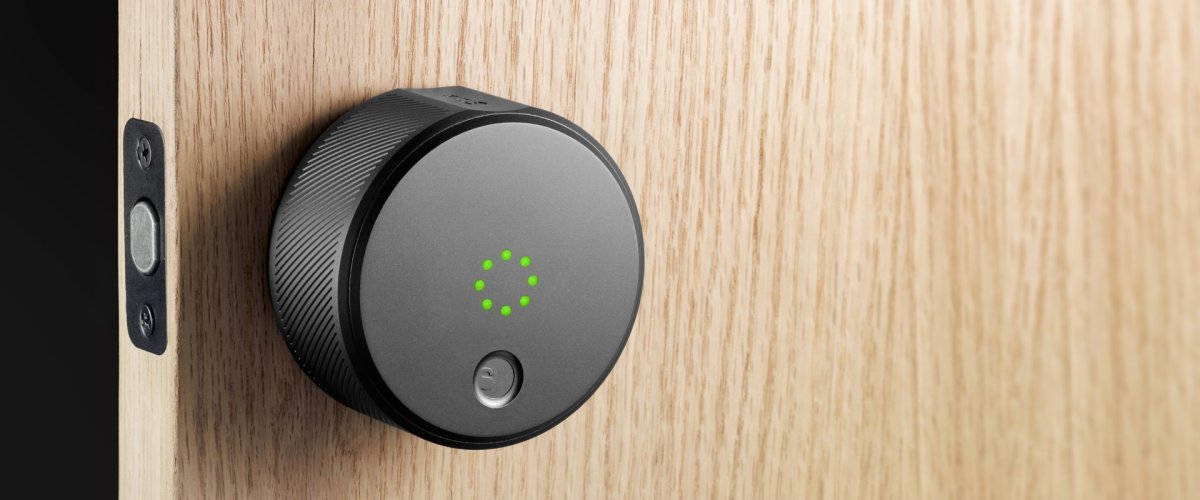Smart Home Innovations for Modern Living have rapidly transformed homes into intelligent, connected spaces. From humble beginnings with rudimentary remote controls, smart home technology has evolved dramatically, integrating seamlessly into daily routines. The journey began with early adopters experimenting with automated lighting and basic controls, evolving into sophisticated systems that enhance convenience, security, and energy efficiency. Today, the possibilities are vast, and the impact on modern living is undeniable.
Smart home innovations are rapidly transforming how we experience daily life, and the kitchen is no exception. Integrating technology seamlessly into this space is key, and to achieve this, one can explore the practical guide on How to Design a Smart Kitchen with Style , which provides valuable insights. Ultimately, these advancements enhance the overall convenience and efficiency of modern living within the broader context of smart home technology.
This exploration delves into the core components of smart home systems, examining essential devices like hubs, sensors, and actuators. We’ll explore smart lighting, thermostats, and security systems, showcasing how they enhance comfort and safety. Furthermore, we’ll discuss automation, integration, energy efficiency, the role of the Internet of Things (IoT), design considerations, emerging trends, and the future outlook for this rapidly evolving field. This discussion aims to provide a comprehensive understanding of smart home technology’s current state and future trajectory.
Introduction: The Evolution of Smart Home Technology: Smart Home Innovations For Modern Living
Smart home technology has rapidly transformed the way we live, offering convenience, security, and energy efficiency. This evolution has been marked by significant milestones, from early concepts to the sophisticated systems we see today. Understanding this history is crucial to appreciating the current capabilities and future potential of smart homes.
Provide a brief history of smart home technology, highlighting key milestones and advancements.

Source: smart-goals.net
Smart home innovations are rapidly transforming modern living, offering unparalleled convenience and efficiency. A key aspect of this evolution involves understanding how to manage your connected devices. Fortunately, with resources like How to Control Smart Devices Remotely , you can easily learn to remotely control your home’s systems. Ultimately, this enhances the overall experience of enjoying the benefits of smart home technology.
The concept of a “smart home” has been around for decades, with roots in the late 20th century. Early systems were often complex and expensive, primarily accessible to the wealthy. Key milestones include:
* 1970s: The introduction of X10, one of the first home automation protocols, allowing devices to communicate over existing electrical wiring.
* 1990s: The rise of the internet and personal computers paved the way for more sophisticated home automation systems, though they were still relatively expensive and complex to install.
* 2000s: The emergence of wireless technologies like Wi-Fi and Bluetooth simplified installation and increased the affordability of smart home devices.
* 2010s: The launch of voice assistants like Amazon Alexa and Google Assistant revolutionized the user experience, making smart home control more intuitive and accessible.
* Present: The ongoing development of IoT (Internet of Things) and AI (Artificial Intelligence) continues to drive innovation, leading to more seamless integration and advanced features.
Share examples of early smart home concepts and how they differed from current implementations.
Early smart home concepts often involved centralized control panels and proprietary systems.
* Early Concepts: Systems often required professional installation and were limited in functionality, focusing on basic tasks like lighting and appliance control. User interfaces were clunky, and interoperability between devices from different manufacturers was virtually non-existent. For example, a homeowner might have a system to control lights, but it wouldn’t integrate with their security system or thermostat.
* Current Implementations: Modern smart homes are characterized by their ease of use, affordability, and interoperability. They often use open standards and protocols, allowing devices from different brands to work together seamlessly. Voice control, smartphone apps, and AI-powered automation are common features. Systems are modular and customizable, allowing homeowners to start small and expand as needed.
Discuss the factors that have driven the adoption of smart home technology in recent years., Smart Home Innovations for Modern Living
Several factors have fueled the widespread adoption of smart home technology:
* Affordability: The cost of smart home devices has decreased significantly, making them accessible to a broader range of consumers.
* Ease of Use: User-friendly interfaces and voice control have simplified the operation of smart home systems.
* Increased Functionality: Smart home devices now offer a wide range of features, including security, entertainment, energy management, and health monitoring.
* Interoperability: The development of open standards and protocols has enabled devices from different manufacturers to work together seamlessly.
* Internet of Things (IoT): The growth of the IoT has led to a proliferation of connected devices, expanding the possibilities for smart home automation.